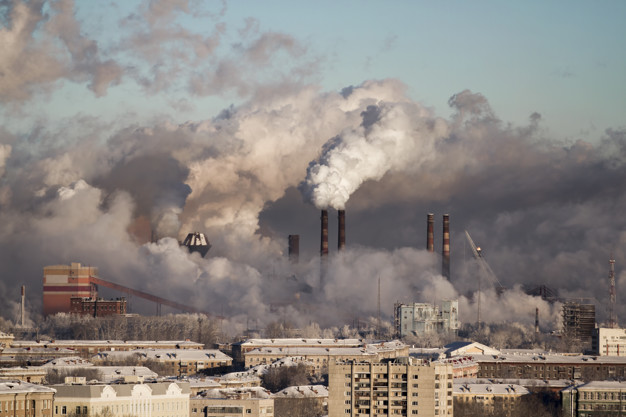Between 1963 and 2005, the expansion of cultivated lands has increased by 32%. A good part of this increase was the need to feed farm animals. Consumption of meat in the Western world is considered an indication of improved living standards. In mathematical terms, the doubling of income corresponds to an increase in anthropogenic pressure on the soil by 35%. As a result, developed countries use much more soil than others.
In EU countries, for example, we have a land use of 2.5 hectares per person, compared to an average of 1.2 hectares in other countries. On a planetary level, about 60% of land is used for export to the richer countries, with extreme peaks such as Japan, which imports 92%. The EU stands at 50%. The fact is that the ecological costs are transferred from the rich countries to the poorer countries. For example, the devastation of the Amazon is due to the growing export of Brazilian meat. For expanding the herds of this country, it is necessary to destroy wider areas of this area called ‘The Green Lung of the World’.
Since the land needs to be irrigated, the expansion of agriculture and livestock are closely linked to water shortages. To get an idea of that correlation, it has been calculated that one kilogram of beef consumes 15 000 litres of water along the chain of its production, from feeding the animals to the supermarket counter. Between 1960 and 2020, the consumption of water has doubled. It is true that a large portion of the used water can be cleaned and used again (called ‘return flow’). But, it is more convenient to move agricultural production to areas where environmental standards can be circumvented.
Crops require the use of herbicides and pesticides that contribute to the increased gas emissions and accumulation of nitrogen and phosphorus; the use of which has increased fivefold between 1900 and 2000, and does not seem to decrease. You don’t need to be an expert researcher to understand that the entire production system is not compatible with the preservation of the environment, and that courageous and dangerous choices will be needed to modify current trends.
In the meantime, squeezed between the coronavirus emergency and the Turkish crisis (Syrian), Ursula von der Leyen finds time to respond to questions on what her Commission intends to do with the climate problem. The goal, she responded, is a great European ‘Green Deal’ that will lead to the decarbonisation of the continent by 2050. Nature is at the centre, and therefore, it is not only in words but finally also in binding legislation. On 4 March, the European Commission presented its overall plan which will be debated by parliament.
Ursula knowns well that the transition towards a green Europe has an enormous cost, which risks leaving many behind. But, because of this, she said that 100 billion euros are already set aside to lessen the blow and trillions of euros will be available in the next ten years. The draft law contains clearly stated objectives.
Destruction of unsold goods must be avoided and we must go back to the old habit of repairing rather than replacing. This is especially true for tablets, cell phones and other electronic devices. Any new products must be designed to be repaired or easily recycled in all its parts. Plastic objects will have to have an increasingly longer average life until they minimize the habit of disposable and replace it with the idea of recyclability. The purchase of durable products must be replaced by a ‘hire system’ in order to reduce the incentive of producers to sell new ones at ever closer deadlines. Universal battery chargers and USB ports are required, given the rarity of the materials they are made of. The textile industry will have to produce only recyclable clothing, which will be recognizable by a specific brand. Landfills and incinerators will be taxed progressively until it is convenient to eliminate them. And etc.
It is evident that these and other guidelines aim to achieve the so-called ‘Circular Economy’, but they still don’t address the problem of energy sources. To this objection the drafters of the plan reply that only when a truly circular economy has been achieved will it be possible to eliminate all fossil fuels.
It is useless to fantasize about this goal without being able to factually prove that alternatives exists.








